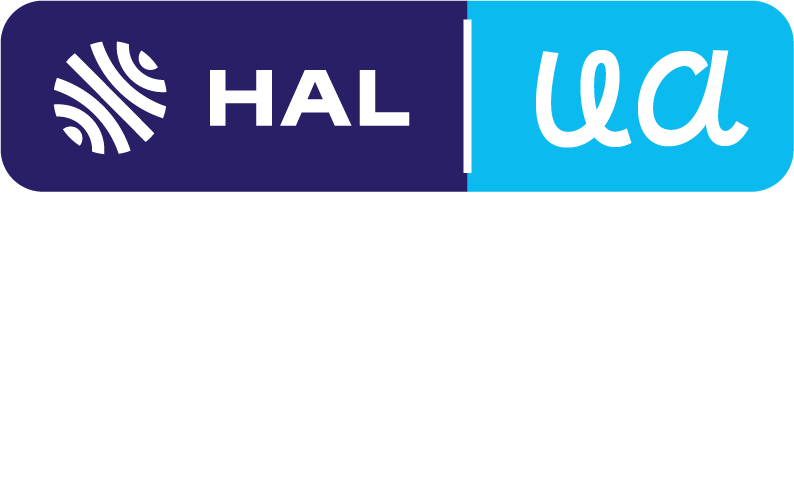Improved Survival by Adding Lomustine to Conventional Chemotherapy for Elderly Patients With AML Without Unfavorable Cytogenetics: Results of the LAM-SA 2007 FILO Trial
2 Service d'Hématologie Clinique et Thérapie Cellulaire [CHU Bordeaux]
3 CRCINA-ÉQUIPE 1 - Immunobiology of Human αβ and γδ T Cells and Immunotherapeutic Applications
4 BPH - Bordeaux population health
5 CIML - Centre d'Immunologie de Marseille - Luminy
6 CHU Bordeaux
7 Unité d'Investigation Clinique - Service d'Hématologie Clinique [Nantes]
8 Société d'Hématologie du Confluent [Nantes]
9 Service d’Hématologie Adulte [Hôpitaux de Brabois, CHU Nancy]
10 CHELTER - Role of intra-Clonal Heterogeneity and Leukemic environment in ThErapy Resistance of chronic leukemias
11 Service Hématologie - IUCT-Oncopole [CHU Toulouse]
12 Laboratoire d'hématologie
13 CRCT - Centre de Recherches en Cancérologie de Toulouse
14 CHU-Brest-Hemato - CHRU Brest - Service d'Hématologie
15 GETBO - Groupe d'Etude de la Thrombose de Bretagne Occidentale
16 CH E.Muller Mulhouse - Centre Hospitalier Emile Muller [Mulhouse]
17 CHU Angers - Centre Hospitalier Universitaire d'Angers
18 Hôpital de Bayonne
19 LSMBO - Laboratoire de Spectrométrie de Masse BioOrganique [Strasbourg]
20 Département d'Hématologie [CHU Nîmes]
21 CRCM - Centre de Recherche en Cancérologie de Marseille
22 Médecine Interne Onco-hématologie
23 Centre Hospitalier Henri Duffaut (Avignon)
24 USMR - Unité de Soutien Méthodologique à la Recherche Clinique
25 Service d'hématologie [Tours]
26 TIMC-IMAG-TheREx - Thérapeutique Recombinante Expérimentale
27 CRCINA-ÉQUIPE 7 - Innate Immunity and Immunotherapy
28 IUCT Oncopole - UMR 1037 - Institut Universitaire du Cancer de Toulouse - Oncopole
- Fonction : Auteur
- PersonId : 767851
- ORCID : 0000-0002-6569-7414
- Fonction : Auteur
- PersonId : 759796
- ORCID : 0000-0002-3307-049X
- Fonction : Auteur
- PersonId : 783354
- ORCID : 0000-0003-0119-3548
- Fonction : Auteur
- PersonId : 769021
- ORCID : 0000-0002-0928-0753
- Fonction : Auteur
- PersonId : 752203
- IdHAL : mathilde-hunault-berger
- ORCID : 0000-0001-7777-5216
- Fonction : Auteur
- Fonction : Auteur
- PersonId : 762211
- ORCID : 0000-0001-7027-040X
- Fonction : Auteur
- Fonction : Auteur
- Fonction : Auteur
- PersonId : 992780
- Fonction : Auteur
- PersonId : 975639
- ORCID : 0000-0002-3332-4525
- IdRef : 134542487
Résumé
Purpose
Acute myeloid leukemia (AML) in elderly patients has a poor prognosis. In an attempt to improve outcome for these patients, the prospective open-label phase III LAM-SA 2007 (Adding Lomustine to Chemotherapy in Older Patients With Acute Myelogenous Leukemia (AML), and Allogeneic Transplantation for Patients From 60 to 65 Years Old) trial randomly assigned patients to a standard induction regimen with lomustine added or to a consolidation regimen with cytarabine and idarubicin.
Patients and Methods
Adults age 60 years or older with previously untreated AML who were fit to receive intensive chemotherapy and who were without unfavorable cytogenetics received standard chemotherapy with lomustine (idarubicin, cytarabine, and lomustine [ICL]) or without (idarubicin and cytarabine [IC]). The primary objective of the study was overall survival (OS); secondary objectives were response rate, cumulative incidence of relapse (CIR), event-free survival (EFS), and safety.
Results
From February 2008 to December 2011, 459 patients were enrolled. Comparing patients in the IC and ICL arms, complete response or complete response with incomplete recovery was achieved in 74.9% versus 84.7% (P = .01). The proportional hazards assumption was rejected for OS (P = .02), which led us to consider two separate time intervals: during and after induction. There was no significant difference between the two arms during induction, although induction deaths were 3.7% versus 7.7%, respectively (P = .11). However, significantly better results were observed after induction with an improved 2-year OS of 56% in the ICL arm versus 48% in the IC arm (P = .02). At 2 years, EFS was improved at 41% in the ICL arm versus 26% in the IC arm (P = .01). The CIR at 2 years was 41.2% in the ICL arm versus 60.9% in the IC arm (P = .003). Grade 3 and 4 toxicities, mostly hematologic, were significantly higher in the ICL arm (P = .04), and fewer patients required a second treatment after ICL.
Conclusion
Adding lomustine to standard chemotherapy significantly improved the outcome of elderly patients with AML.
